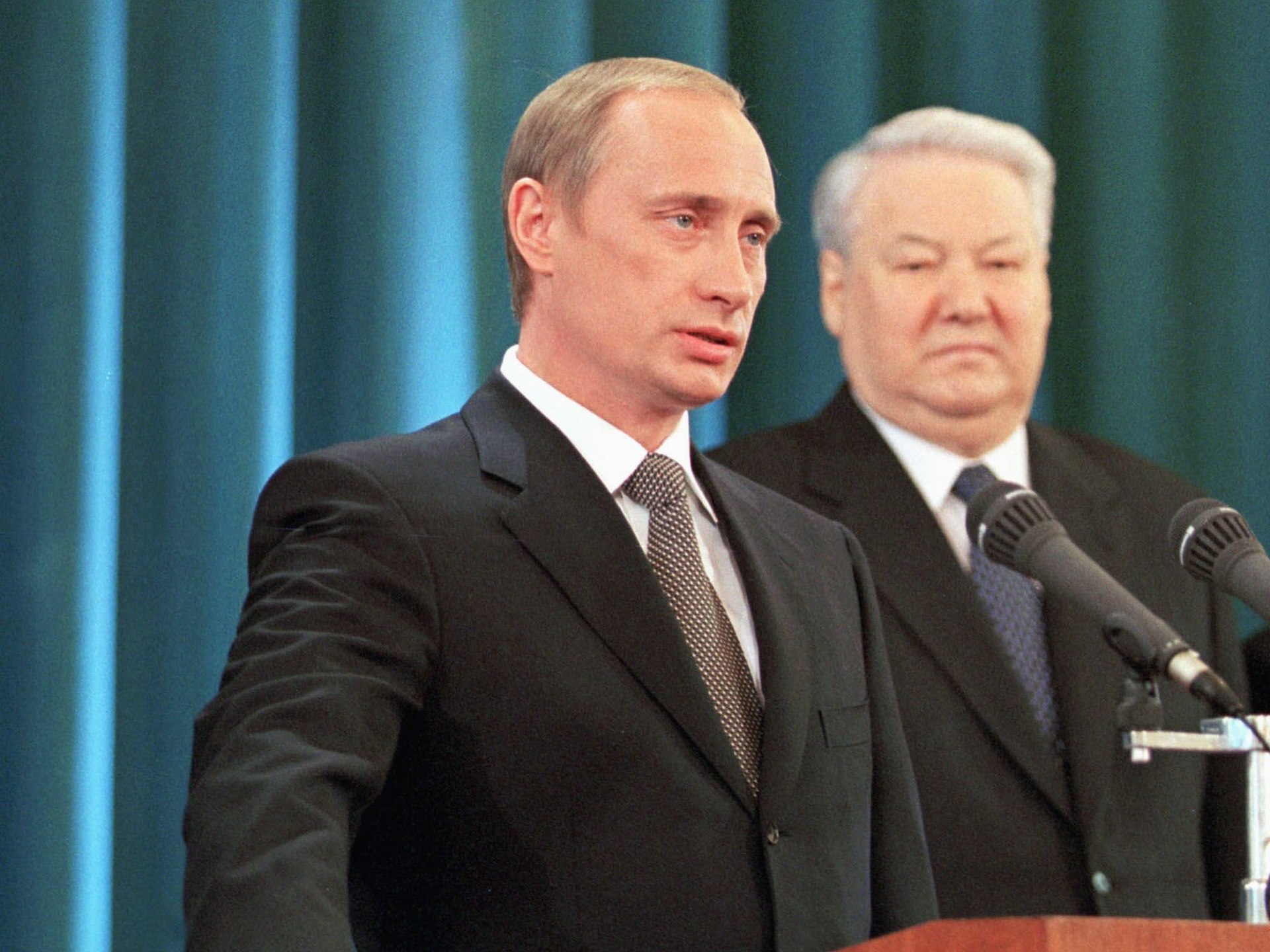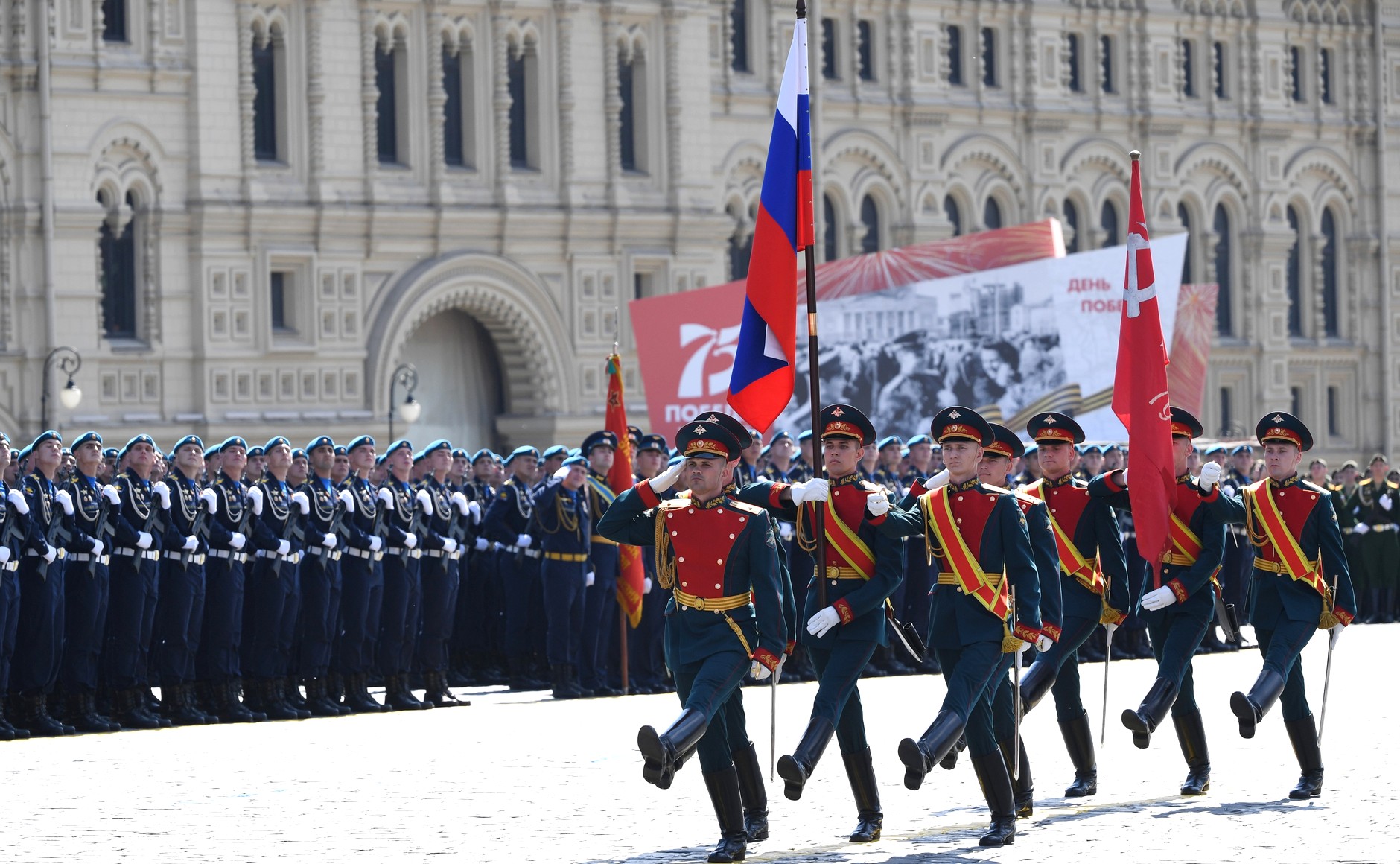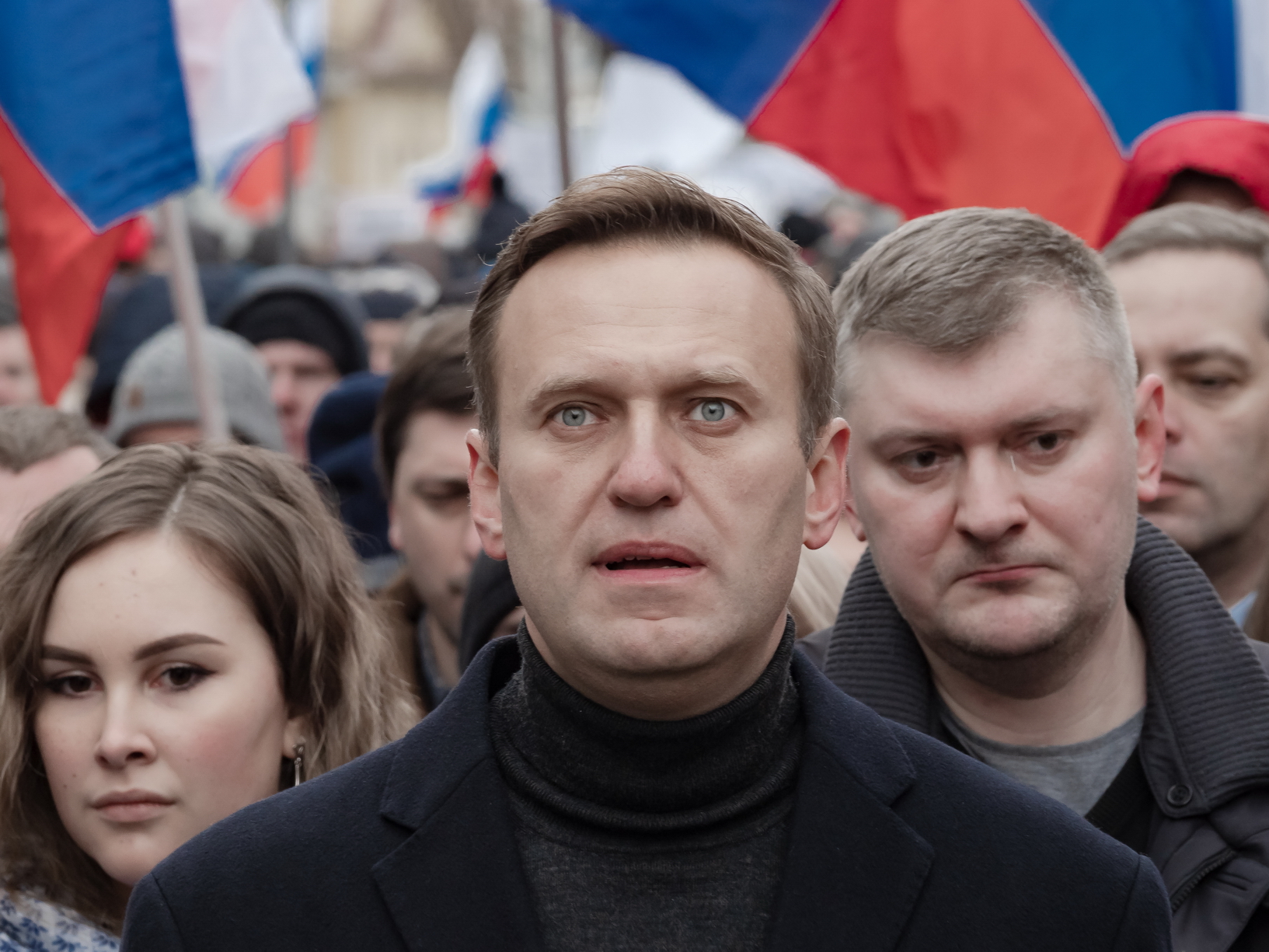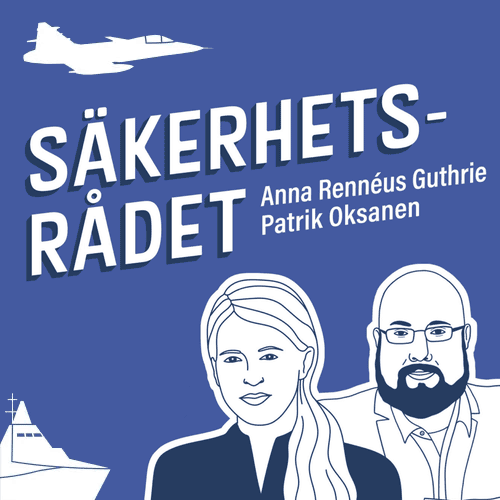On the New Years Eve in 1999 Putin became the new ruler of Russia. It was not only a start of a new millennia but also a return to authoritarianism. The question for the future is will Russia move further into dictatorship, or is there a hope för a democratic U-turn writes Olof Ehrenkrona who also gives the West some recommendations on how to deal with an aggressive Russia.

Putin swear the oath as President of the Russian Federation with Yeltsin in the background. Photo: Wikipedia.
In an essay published in 1999, the political scientists Lilia Shevtsova and Martha Brill Olcott noted the waning popular demand for further democratization in Russia. In a few months’ time, on December 31, President Boris Yeltsin resigned, and Vladimir Putin became the new sheriff in town.
“The return to authoritarianism is not inevitable”, Shevtsova and Brill Olcott wrote. However, they also added a prophetic warning: “Key members of Russia’s governing elite still seem to believe that it is more important who will rule than how that ruler comes into power.”
In the introductory remarks of the same booklet, Anders Åslund and Brill Olcott describe the actual state of play in Russia after the dissolution of the Soviet Union in 1991: “Russia has become a “normal” place. It is a place where we can travel freely and do our research. It is a place where Russians and Americans can exchange ideas openly and agree or disagree with one another with no dire consequence. (…) although it is obviously a place that draws deeply upon its Soviet and Russian pasts as well as on the experience of the West …”.
Those remarks reflect the ambivalence among pundits in the years of transition from Yeltsin to Putin. In the late 1990s, Russia was still making progress along the road of liberal westernization. The authoritarian U-turn was still some years ahead. It was the arrest of businessman Mikhail Khodorkovsky in 2003 that sent the signal that Putin, still following a liberal economic path, was not going to accept any serious challenger in the upcoming presidential election in 2004. Two years later, the murder of the journalist Anna Politkovskaya signaled an escalation of the war against all potential opposition, when assassinations at home as well as abroad were reinvented as an instrument of oppression. The rest is history. Russia has become more authoritarian, more aggressive and more intellectually closed since Putin’s ascent to power. It is still not as bad as it was in the Soviet era, but in many ways as bad as it was under the rule of reactionary Tsars like Nicholas I. And, let us not forget, with a regime that uses murder as a means to achieve its political ends.
The comparison between Nicholas I and the Putin regime is made every now and then by international analysts. For example, Anders Åslund recently drew this parallel in his book Russia´s Crony Capitalism (2019). We should not take for granted that Vladimir Putin necessarily dislikes being compared with a ruler who is described as hard and relentless. After all, Putin is a product of the KGB. And his power base in the Russian organs of repression, which protects him from any challenger based in Russian civil society, expects him to be just that.
In his book, Åslund also makes the point that Vladimir Putin, like the former tsarist rulers, surrounds himself with courtiers – i.e., the small number of trusted oligarchs who takes care of Putin’s financial interests in the state kleptocracy. Much like it used to be in the royal courts, these positions now tend to be transferred from one generation to the next.
The latest comprehensive depiction of the role of the security organs in Putin’s rise to power and his maneuvers to stay on top is Catherine Belton’s Putin´s People (2020) Just like Karen Dawisha in Putin´s Kleptocracy (2014), Belton is focused on the role that Putin’s criminal and security networks has played – and still is playing – in the top management of Russia. Previously, Anders Åslund has elaborated extensively on the economic reforms from the early 1990s and onwards.
Putin initially followed Boris Yeltsin’s benign policies towards the West, symbolized by the NATO partnership that was established by the first democratically elected Head of State in Russian history. Yeltsin replaced the notorious Soviet antagonistic, aggressive and isolated attitude with the logic of a common interest of a democratic, free-market Russia, surrounded by friends and based on rule of law with non-corrupt institutions. Rising oil prices gave Putin the economic means to stabilize his position and taking on the potential threat from independent oligarchs with political ambitions. Having made it clear who was the boss and who could count on the support from the KGB and the GRU, Putin was then ready to take on the West. A first dire warning came at the annual security conference in Munich 2007, and in August the following year Russian troops invaded Georgia meeting only a weak Western response.
In those years, the West was dealing with the deepest financial crisis since the Great Depression of the 1930s and its engagements in Afghanistan and Iraq. In Europe, the conflict between Serbia and Kosovo was still not fully solved. The EU was busy integrating twelve new member states and implementing the Lisbon Treaty. Nobody seemed to have any spare bandwidth to take any real interest in what was going on in the Kremlin and the changing mindset of the former KGB officer at the top.
During Putin’s first term as president, Russia more or less stayed the course from the 1990s, giving priority to stabilizing the macroeconomic conditions and diversifying its economy. Macro stability and micro flexibility was in line with the policies advocated by the liberal economists who were in the driving seat under Yeltsin, such as Yegor Gaidar, Mikhail Kasyanov and Anatoly Chubais.
The 1990s saw a decline in oil prices from US$40 to about US$20 at its lowest point in 1999. This decline was a disastrous blow to the Russian economy and weakened the positive effects of deregulated markets and privatization of state-owned enterprises. From this low point, the oil price rose steadily to US$140 at its peak in 2008. Putin, despite not being an economist, could clearly see how the fluctuating oil price impacted the Russian economy. While it would take decades to diversify the Russian business sector into high tech and services, the return on capital from rising commodity prices was instant.
Putin and his inner circle used the windfall profits from rising commodity prices to enrichen themselves and spend lavish sums on meaningless prestige projects, instead of allocating the resources to long-term investments to modernize Russia’s industrial base. The massive corruption in Russia put this development on steroids. To divert public interest from such gross mismanagement, Putin reinvented the West as the enemy of Russia. To compete with the US and the EU by becoming a full-fledged democracy and a society based on the rule of law was obviously not consistent with the rulers’ kleptocratic mindset. Better then to compete with the West using traditional notions of Russian exceptionalism and victimization.
During his first election campaign, Putin had made promises to take on the oligarchs. In fact, once elected, Putin only took on those oligarchs who could be potential challengers to himself while rewarding those who submitted, as well as a few other individuals in his old network from St. Petersburg.
This way of creating loyalties is in no way an invention by Putin and his inner circle. In fact, corruption linked to a court aristocracy seems to be a historic curse. It thrived under the tsars and survived both Lenin and Stalin and the years of collective leadership in the final decades of the Soviet Union. Pe
rhaps Yeltsin and his market liberal economists’ most devastating mistake was that they did not immunize their privatization programs from being infested by corruption.
Corruption is like cancer. It destroys the inner organs of a country, and it spreads if left unchecked. At the end of the day, it decomposes the whole body. The public institutions disintegrate and are taken over by special interests reflecting a clan or ganglike structure in civil society.
The window of opportunity that was opened in the early 1990s and led to the kind of “normal” society described above by Åslund and Brill Olcott has been more or less closed by Vladimir Putin’s policy of isolation from Western influences. The fear being the victim of a homegrown color revolution leads the Putin regime onto a path of increasing repression. In all relevant aspects, Russia is heading in the wrong direction, away from democratic procedures and institutional setups designed to protect life and liberty.
The Russian public institutions are partly corrupt, partly submitted to the discretionary use of state authority. There are no such things as independent courts or prosecutors. Other public agencies like the tax authority are either under the Kremlin’s control or easy targets for corrupt private initiatives.
The lack of internal balance in the institutional setup is a primary condition when developing an autocracy. Putin has skillfully built on the old Soviet mentality while changing a one-party hegemony into a one-man hegemonic power structure. He is the arbiter in conflicts of competence, but also the undisputable authority of last resort.
After changes of the Russian constitution in 2020, Putin could stay in power until 2036. There is no designated successor, and what happens after him is an enigma. An ordered and democratically legitimate succession cannot be excluded, but the most likely scenario is an opaque process within the triangle formed by the United Russia party, the government and the security organs. None of them will probably have an appetite for democracy. We should not rule out the possibility that one of the regional governors will throw their hat in the ring, but it is hard to believe in an outsider’s success. A new leader will most likely need the approval of the main security organs.
Admittedly, it is difficult to define when an authoritarian leader is crossing the line of becoming a dictator. But being appointed leader for life should at least make dictatorship a close call. Every Russian knows that any relevant opposition to the present regime is a most dangerous thing to participate in. You either lose your freedom or your life.
Within this framework, old totalitarian habits are beginning to resurface. The interests of the regime and the individuals in its upper echelons are obviously different from those of a one-party totalitarian system. The rein on the anonymous citizens is looser, and the room for personal freedom is wider provided it is not seen as threatening the overall kleptocratic system. But, in order to keep the kleptocracy sheltered from public criticism, the old tools from former repressive regimes are used again and reinvented using new technology. This growing antagonistic relationship with the people feeds paranoia among the top leaders, which in turn leads to tighter control and harsher methods against suspected disobedience and resistance. The repression fluctuates between milder periods and cold winters in a downward spiral towards a full-fledged totalitarianism.
It is not difficult to predict somber scenarios for Russia’s future. If you extrapolate the current trends, further deterioration looks inevitable. However, there are also glimmers of hope. One is the reactions to Alexey Navalny’s documentaries about the corruption among the present leadership. Millions of Russians have been able to watch this on the Internet. This provides an example of how new technology makes it much more difficult to preserve a closed society than during the Soviet era. Another reason for optimism is the growing number of Russian expats working in the West. They represent a community with great potential to stimulate a democratic transition in Russia. A third positive factor is the economic challenge posed by globalization. A kleptocracy depends on profits, cash flows and growth. This limits the degree of potential totalitarianism in a globalized society. Alas, despite these faint glimpses of light, the road ahead is probably both long and dark. A U-turn back to Russia’s democratic potential of the 1990s is not likely.
What should then be the adequate response from the global Western alliances to increased Russian aggression and attempts to disrupt our societies? On the policy level, based in the analysis of our geopolitical interests, it is necessary to develop our capacity to play several global games simultaneously. It is not a good idea to go all in dealing with the Chinese Communist Party and forget about Russia. On the contrary: the key to successfully containing increased Chinese aggressiveness is to show that we can, dare and will deal with an aggressive Kremlin. Here are five instruments that should be in the toolbox.
-
Smart and firm responses aiming at the Russian leadership’s personal financial assets.
-
Isolating the regime politically in the global institutions without isolating the people.
-
Developing and utilizing our tit-for-tat capacity in the field of cyber operations.
-
Being as transparent as possible and officially attributing improper Russian behavior.
-
Holding the guilty accountable, taking legal action and bringing criminal offenders to justice.
Olof Ehrenkrona




